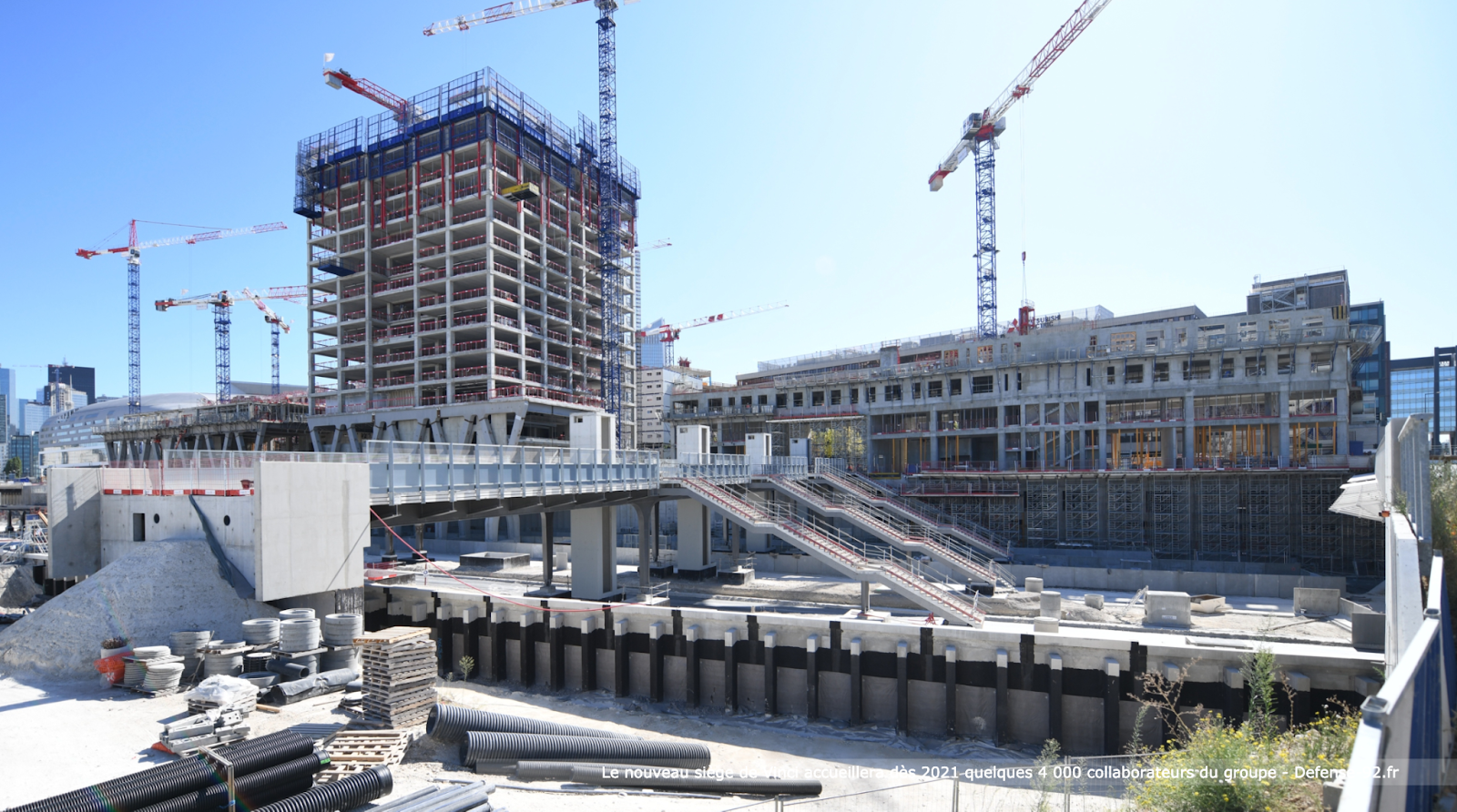VINCI (DG:FP) is a French construction, infrastructure, and concessions company at the forefront of low-carbon concrete adoption.
Decarbonization is about more than just renewable energy and power. It is also about low-carbon materials.
Take, for example, cement—a key ingredient in the ubiquitous and useful building material concrete. Cement production is responsible for an estimated ~7% of global carbon dioxide emissions annually (McKinsey 2020, BNEF 2020), and it is an especially difficult production process to decarbonize. Switching from fossil fuels to renewable fuels is not enough, because the conversion of raw materials like limestone into the cement precursor “clinker” is a chemical reaction that actually produces CO2 as a byproduct (see Freeman 2021).
As outlined by the International Energy Agency’s (IEA) Sustainable Development Scenario (SDS), a key focus for reducing emissions tied to cement production is to reduce the amount of clinker used as an ingredient.
France’s VINCI Construction aims to do just that—to substitute clinker with materials that would otherwise go to waste, such as fly ash (a combustion by-product from thermal power plants) or blast-furnace slag (a by-product of the steel industry)—and attain 90% low-carbon concrete use by 2030, reducing VINCI’s Scope 3 emissions.
Three years after VINCI began researching low-carbon concrete solutions, the company officially launched Exegy, a new product line consisting of concrete with lower carbon emissions. After rigorous testing from VINCI’s materials laboratories, Exegy’s lowest-carbon concrete product (emitting 60% fewer GHG emissions compared to regular concrete) was used in the construction of the company’s new headquarters. This project was the first time low-carbon concrete had been used as a structural element in a building in France.
If you’re interested in reading more about corporate work to lower environmental impacts, please see other EP Insights from Terra Alpha, click here.

